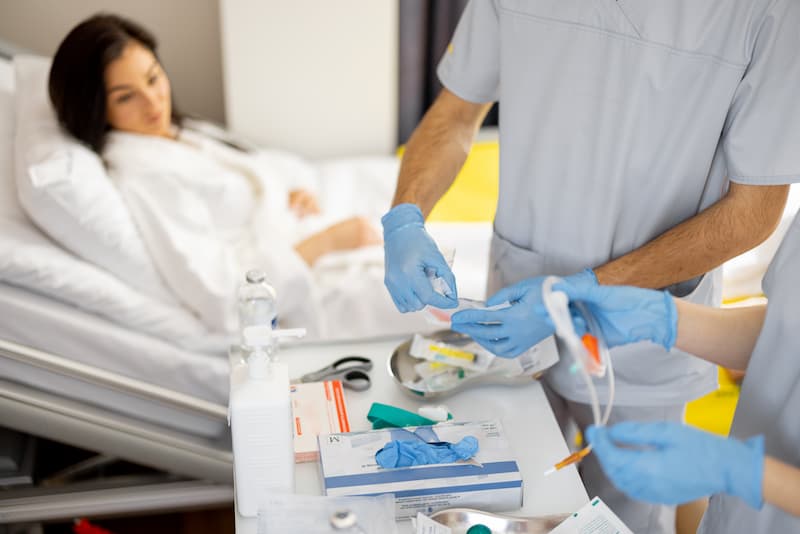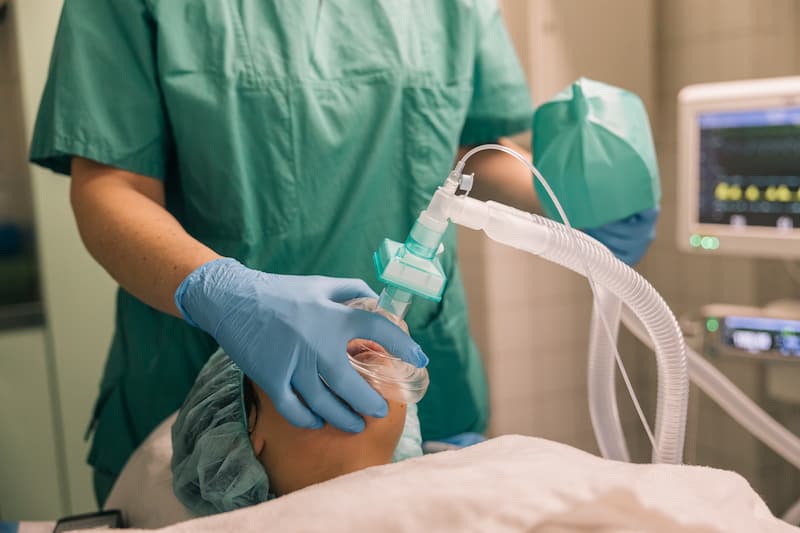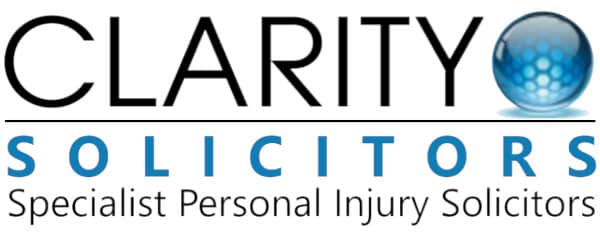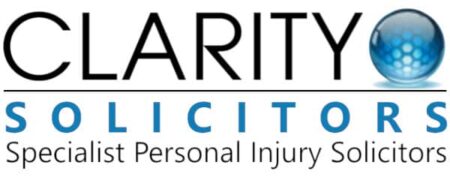Anaesthetic Negligence

Errors with serious consequences
Anaesthetic negligence during surgery can have serious consequences for patients, potentially leading to complications and adverse outcomes. Here are some examples of anaesthetic errors and their potential impacts:
- Administering incorrect dosage: Providing too much or too little anaesthesia can result in complications during surgery. Too much anaesthesia can lead to respiratory depression, low blood pressure, or even cardiac arrest. Conversely, inadequate anaesthesia can result in awareness during surgery, where the patient may feel pain or discomfort but is unable to communicate.
- Failure to monitor vital signs: Proper monitoring of vital signs such as heart rate, blood pressure, and oxygen saturation is crucial during surgery. Failure to do so can result in undetected complications such as hypoxia (low oxygen levels), hypercapnia (high carbon dioxide levels), or hemodynamic instability, which can compromise patient safety.
- Inadequate preoperative assessment: Anaesthesiologists must conduct thorough preoperative assessments to evaluate the patient’s medical history, allergies, current medications, and any risk factors for anaesthesia-related complications. Failure to perform a comprehensive assessment can increase the risk of adverse reactions or complications during surgery.
Start Your Claim Today
If you are looking to make a claim, contact our expert team today for a strictly confidential, free consultation, to discuss whether you might have a case and how we can help.
Fair Compensation for Negligence
- Delayed recognition of adverse reactions: Some patients may have adverse reactions to anaesthesia, such as allergic reactions or malignant hyperthermia. Anaesthesiologists must be vigilant and promptly recognize signs of adverse reactions to initiate appropriate interventions. Delayed recognition can exacerbate the severity of the reaction and compromise patient outcomes.
- Equipment malfunction or failure: Anaesthetic equipment, such as ventilators, anaesthesia machines, and monitoring devices, must be properly maintained and calibrated to ensure accurate delivery of anaesthesia and continuous monitoring of the patient’s vital signs. Equipment malfunction or failure during surgery can disrupt the anaesthesia delivery process and pose risks to patient safety.


Helping your recovery with compensation
- Inadequate post-anaesthesia care: Proper post-anaesthesia care is essential to ensure patients recover safely from surgery and anaesthesia. Inadequate monitoring or supervision during the postoperative period can result in complications such as respiratory depression, airway obstruction, or delayed emergence from anaesthesia.
- Communication errors: Effective communication among members of the surgical team, including surgeons, anaesthesiologists, nurses, and other healthcare providers, is critical to ensuring patient safety during surgery. Communication errors, such as incomplete handoffs or failure to convey important information, can contribute to anaesthetic errors and compromise patient care.
To minimize the risk of anaesthetic errors and complications during surgery, healthcare providers must adhere to established protocols and guidelines, maintain proficiency in anaesthesia techniques, prioritize patient safety, and foster effective communication and teamwork within the surgical team. Additionally, ongoing education and training in anaesthesia safety practices can help mitigate the occurrence of errors and enhance patient outcomes.
Call us Today:
0161 480 4488
Or Request a Callback >


